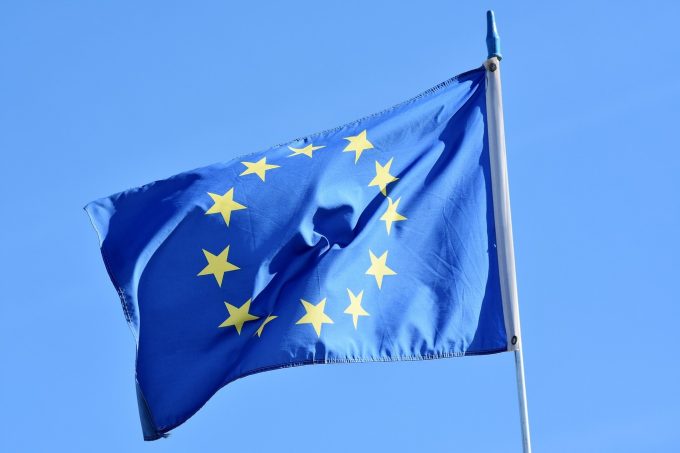Starting in 2022, there will be a new process to enter many European countries. Learn more here.
After a stressful and exhausting 2021, many of us are looking forward to enjoying a vacation next year. European countries such as Italy, Greece, and France have always been a favorite destination for many thanks to their abundance of culture, relaxation, and things to do. However, starting in 2022, many European countries will require a new document for the majority of visitors: the ETIAS.
If you’re planning a trip to Europe soon, be sure to keep this new travel authorization in mind.
What is the ETIAS?
The European Travel Information and Authorisation System, which is more commonly known and abbreviated as the ETIAS, was designed by the European Commission to efficiently verify visitors who want to travel to European countries.
The ETIAS was officially established in September of 2018 and scheduled to come into effect in 2021. However, due to the pandemic, the start date has been pushed back to 2022. The ETIAS improves safety for both locals and visitors by having each visitor fill out an application with their personal information and passport data, as well as answer a couple of security questions.
After the form is sent for approval, it is checked against numerous security databases around the world (such as Interpol) to make sure that the potential visitor does not pose any risk to national safety. There are plenty of benefits that come with the ETIAS, both to the host countries and for visiting travelers.
To start off, the ETIAS can be used for many different purposes, such as tourism, business travel, to undergo medical procedures, and to transit to an onward country. Another advantage of the ETIAS is that it is valid for 3 years and is a multiple-entry travel authorization. This means that travelers may enter countries in the Schengen Area as much as they wish, as long as each stay is shorter than 90 days in a 180 day period.
The only exception to this rule is if the traveler’s passport expires before their travel authorization, they must apply for a new ETIAS.
Last but certainly not least, obtaining an ETIAS will be an easy, quick, and convenient process. All you need is a device with an internet connection (such as a smartphone, tablet, or computer) and about 15 minutes to go through the entire application.
Thanks to its digital format, there is no need to visit your nearest embassy in-person or have a face-to-face interview to get the ETIAS.
Who needs to get the ETIAS?
One of the most popular questions about the new travel authorization is, who needs to apply for the ETIAS? The short answer is that citizens of all non-EU countries, who do not need a visa to enter the Schengen Area, will need to apply for the ETIAS.
At the moment, this includes nationals from more than 60 countries. Some of these ETIAS eligible countries include Argentina, Australia, Brazil, Canada, Japan, New Zealand, the United Kingdom, the United States of America, the United Arab Emirates, and more.
Likewise, children and those who are under the age of 18 must have their own ETIAS. Parents and guardians may apply for the ETIAS on behalf of their children, as there is a special section on the application form to indicate that the request is being made on behalf of a minor.
Which countries require the ETIAS to enter?
There are 29 countries and territories that will require travelers to have an ETIAS before they can enter. This includes all 22 countries that make up the Schengen Area, including Austria, Spain, Italy, Greece, Poland, and France, among others. The ETIAS will also be required to enter 4 non-EU member states, which are Iceland, Norway, Liechtenstein, and Switzerland.
Finally, 3 microstates that are a de facto part of the Schengen Area will also require an ETIAS for entry. These include Monaco, San Marino, and Vatican City.
There are 5 countries that are not part of the Schengen Area — Bulgaria, Romania, Croatia, Cyprus, and Ireland — that will have their own separate requirements. Those who wish to travel to these countries after 2023 are recommended to refer to each country’s embassy for more information.
How can travelers apply for the ETIAS?
As mentioned before, the process to apply for an ETIAS is fast and stress-free. Applicants will need to fill out the online ETIAS form with their personal information and answer some questions.
Some of these questions include the applicant’s first and last name, their nationality, date of birth, contact information, passport number, and passport issue/expiry date. It’s important to note that the applicant must have a valid biometric passport in order to apply for the ETIAS.
After the application is filled out, applicants will need to pay the ETIAS processing fee in order to submit it.The ETIAS typically takes only a few minutes to process and is sent to the applicant’s email address.



